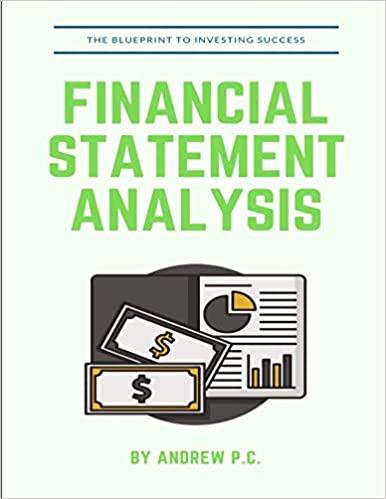Question
Given the following information for Bajor Co.: Debt : Bajors long-term debt capital consists of bonds with 6.250 percent coupon rate (semiannual coupon payments), 9
Given the following information for Bajor Co.:
Debt: Bajors long-term debt capital consists of bonds with 6.250 percent coupon rate (semiannual coupon payments), 9 years time to maturity, and current price of 106.61 percent of its par value (i.e., price = 106.61 corresponding to full amount redemption par of 100).
Preferred stock: Bajor has not issued any preferred stocks.
Common stock (equity):
Bajors equity capital consists of common stocks with the most recent annual dividend of $0.92 per share, and a current stock price of $14 per share.
According to online data sources, Bajors long-term dividend growth (for next 5-Year average, per annum) g = 4.5% per year.
The risk-free Treasury bill return is 3.8%; the market expected return for the stock market on average is 12.3%; and Bajors systematic risk (Beta) is 0.71.
Taxes: The applicable federal-plus-state corporate tax rate for Bajor is 40 percent.
Capital weight: Bajors Market Cap amounts to $18.23 billion, and Total Debt amounts to $14.44 billion. You can use such data to estimate the capital weights for equity and debt, respectively (We and Wd).
Time constraint: For any investment projects, Bajor are required by her investors to recover its initial cost within no more than 6 years.
A) What is Bajors pretax cost of debt Rd, cost of equity Re, and WACC, respectively? (Hint: For the best estimate of cost of equity Re, you must apply both CAPM and Dividend Growth Model and then average the two estimates.)
B) There are three investment projects available to Bajor:
Project A costs $12 million today and then provides after-tax net cash inflow of $2.50 million per year for the next 7 years.
Project B costs $18 million today and then provides after-tax net cash inflow of $3.30 million per year for the next 8 years.
Project C costs $30 million today and then provides after-tax net cash inflow of $4.25 million per year for the next 10 years.
If Projects A, B & C are mutually exclusive, which project(s) should Bajor accept? (You must apply the three major investment evaluation rules NPV, IRR and Payback)
C) If Projects A, B & C are independent, which project(s) should Bajor accept? (You must apply the three major investment evaluation rules NPV, IRR and Payback)
Step by Step Solution
There are 3 Steps involved in it
Step: 1

Get Instant Access to Expert-Tailored Solutions
See step-by-step solutions with expert insights and AI powered tools for academic success
Step: 2

Step: 3

Ace Your Homework with AI
Get the answers you need in no time with our AI-driven, step-by-step assistance
Get Started


